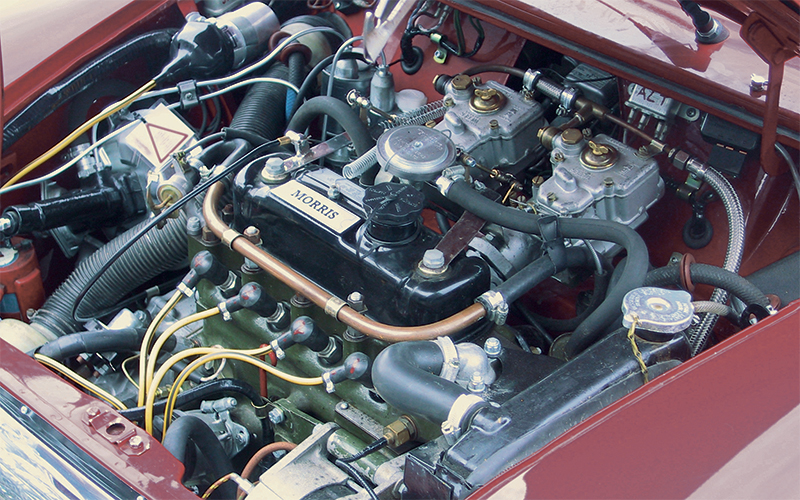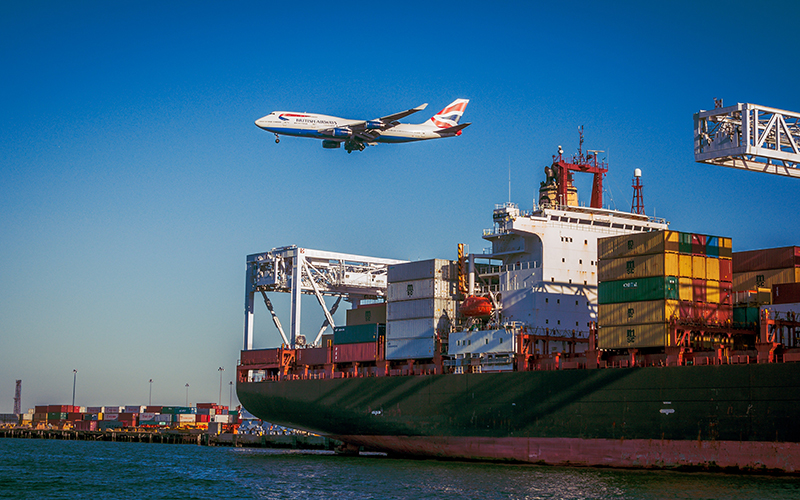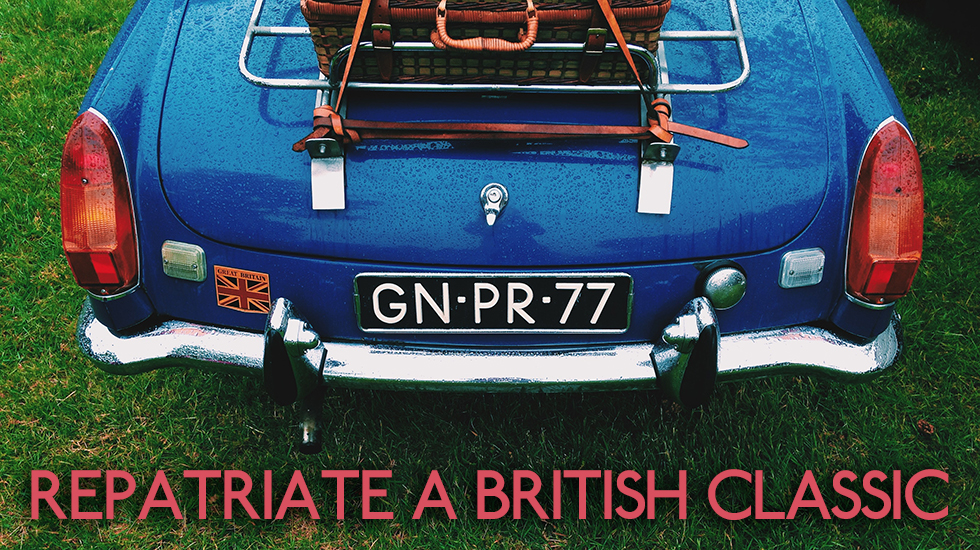| |

By Ian Cushway, 23rd May 2019
Repatriate a British classic
The majority of classic British sports cars were shipped across the Atlantic, so why not bring a relatively rust-free one back again?
Unjust as it now seems, the vast majority of British classics from the '50s, '60s and '70s went straight from the factory to the docks to be shipped across the pond for US owners to enjoy. In fact, when it comes to models like the iconic Austin-Healey 3000, we only got a tiny proportion of the total production. And, of course, those that remained, along with numerous sporty Triumphs, MGs and Jaguars were subject to years of soggy British weather, so rust further reduced the number of survivors.

Credit: Photo by Lauren Kay on Unsplash
The best cars available here therefore command a pretty hefty price tag - which is why more folk are turning back time and bringing cars back from the States. US cars are generally more solid, in terms of the body even if the mechanicals aren't as good, it makes restoration a far less daunting prospect
Now if that appeals, here's how to do it...
Buying blind
Buying any car unseen from a different continent takes a real leap of faith. This means you have to be extra thorough, ask as many questions as you can and be realistic about the fact there’s likely to be more faults/work required than you expected. With many cars, the running gear will often need a full overhaul unless you have assurances that all these areas have been addressed, so allow some wiggle room in your budget. That said, by far the most important nugget of advice is to buy the best, most rust-free body you can. Everything else may cost, but it pales in comparison with restoring a rusty shell.
Good call
Unless you have some reliable contacts across the Atlantic, most deals are done direct with the vendor online; there's a wide choice of good classified sites where you can do your search. Once you have found a car, check the time-zone so you're not ringing in the middle of the night, pick up the phone and speak to the seller in person. It shows you are serious and will give you an instant 'gut feeling' about whether they are genuine. If they sound a bit shady, or unsure of the facts, hang up and continue your search elsewhere.
Grab a snap
Assuming all's still good, ask for more photographs. Request clear pictures of the chassis or identification numbers, as well as images of the engine (motor), interior, including headlining, chassis (frame) and sills (rockers). Ask for good clear pictures of the body and any faults which the vendor tells you about, or anything that looks suspect in the original pictures. Make sure they all tally with the ad you've seen online.

Credit: Photo by Moss Europe
Paper trail
At this stage, it's important to assess the situation regarding paperwork. The US version of our V5 is called the ‘title’, which is often referred to as the ‘Pink Slip’. If a car has no 'title', it's illegal for it to be shipped. The 'title' needs to match the identification numbers on the car too. Many cars with lost paperwork/titles are much cheaper and you, or your shipper, can usually go through the process of applying for a new 'title'. Doing it this way will save you a lot of money. The process can take a couple of months, though, so if your shipper is doing it, check that they won't be charging you storage while you wait! The searches they do to issue a new 'title' may flag it up as being stolen, then you will have lost the vehicle and your money, so tread with care.
Flying visit
If you're less of a risk-taker, there's a couple of other options to consider. If you have the time and finances and the vendor agrees to hold it for you, take a flight, see the car for yourself and do the deal in person. Alternatively, pay for a local specialist to check it out on your behalf. Both could prove money well spent. One final note on buying: don't assume all US cars will be rust-free. Cars from 'damper' states such as Florida might be rustier than the ones here, so be vigilant. It's not unknown for rusty wrecks to be transported to sunnier climes so they can be marketed as 'Californian' imports.
Paying the price
Now for the slightly nerve-racking bit. Be careful when parting with your cash because obviously there are risks involved. The safest bet is to wire the payment to the vendor via your bank. This way, you can be assured that the person at the other end has given you their real name and has a bank account registered at their home address. If things go belly up, it will still be difficult to get your money back but at least the relevant authorities will have a starting point for their investigations.

Credit: Photo by Moss Europe
Ship to shore
Shipping a car from the USA may seem scary, but it doesn't have to be. If you use a reliable shipping agent who can arrange everything for you, including transporting your new purchase to the docks then it should be ok. Simply supply the shipper with the address and contact details of where to do the pick up. For shipping companies, try CFR Rinkens, DFDS, or Kingstown Shipping. If you want to do it yourself and just organise the transportation, try USHIP or Shiply, where you will receive quotes from a number of transport companies.

Credit: Photo by Moss Europe
Customs clearance
Once here in the UK and your clearing agent has received the HM Revenue & Customs form C384 (downloadable online) and bill of sale, they will be able to submit the vehicle for customs clearance. If it is being shipped into the country in a container from the USA, then your customs clearance should also register the vehicle with HMRC NOVA (notification of vehicle arrivals). If all this form filling seems a bit daunting, a shipping agent can usually do all this for you for a price.
Down at the docks
Once your clearing agent has released your car for collection, you can pick it up. The two main ports of entry in the UK are Felixstowe and Southampton, although the London Gateway port is being developed. You can either instruct a transport company, using Shiply, or hire a tow vehicle, trailer and fetch it yourself. That is if you passed your driving test pre 1st January 1997 and have the necessary category BE entitlement on your licence.
UK Registration
Before you can legally drive your new purchase on the UK roads you will need to register it with the DVLA. Make sure you check with the DVLA on what documents are required.
Worth the effort?
Given the cost of repairing a rotten body and rust-ridden chassis, buying a solid US import from a hot, dry state like California or Arizona, has plenty of merits. But is it really worth it? Well, based on a car spotted within, say, a 200-mile radius of Los Angeles, you’ll need to fork out roughly £2,000-£3,000 to get it back to the UK and on your driveway. That might sound a lot, but when it comes to the cost of a full body restoration, it’s a good way of getting yourself a solid project.

Keep up with all the latest from Moss on our social pages
|
|












